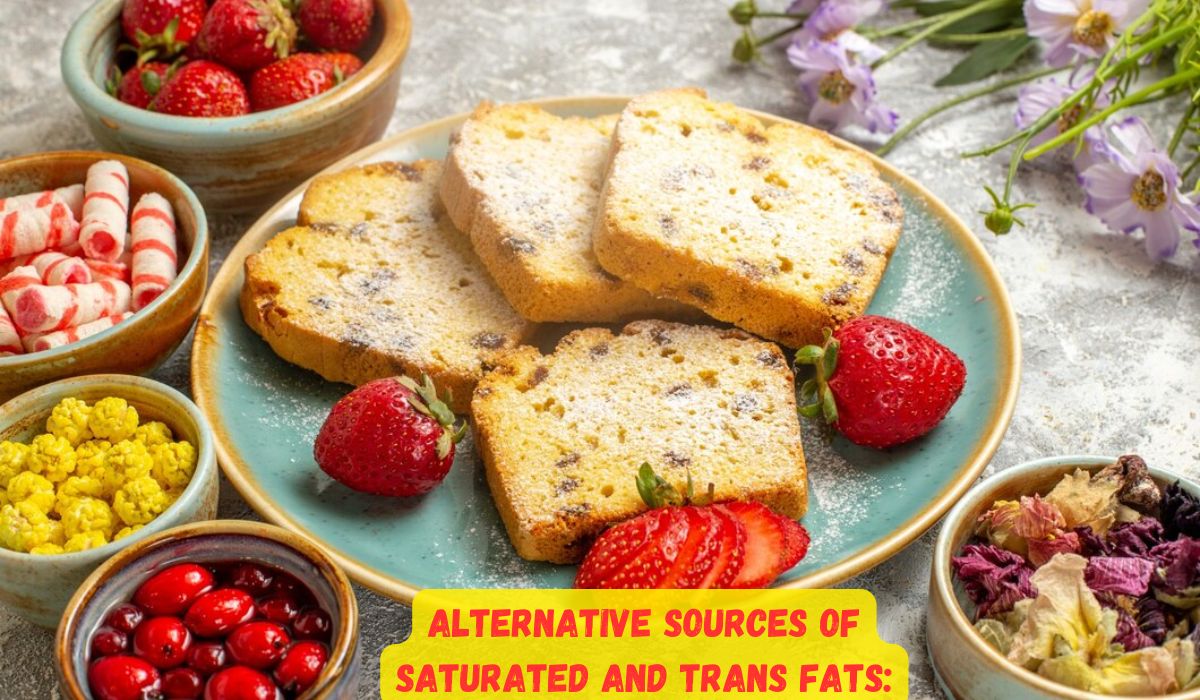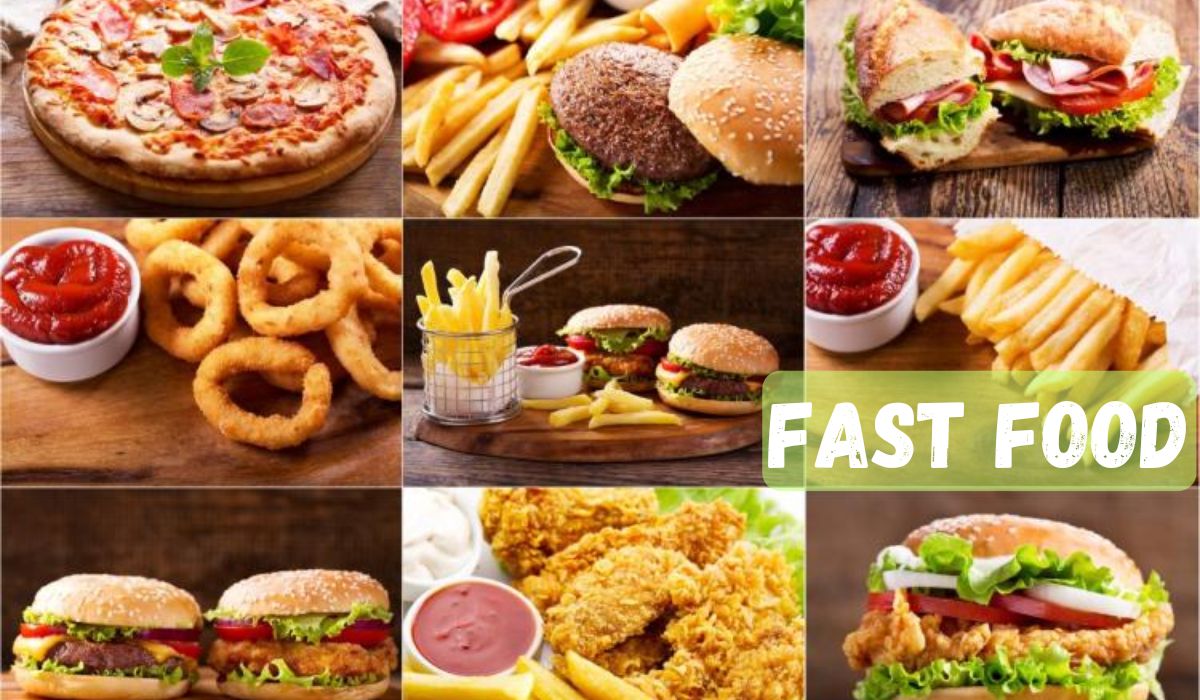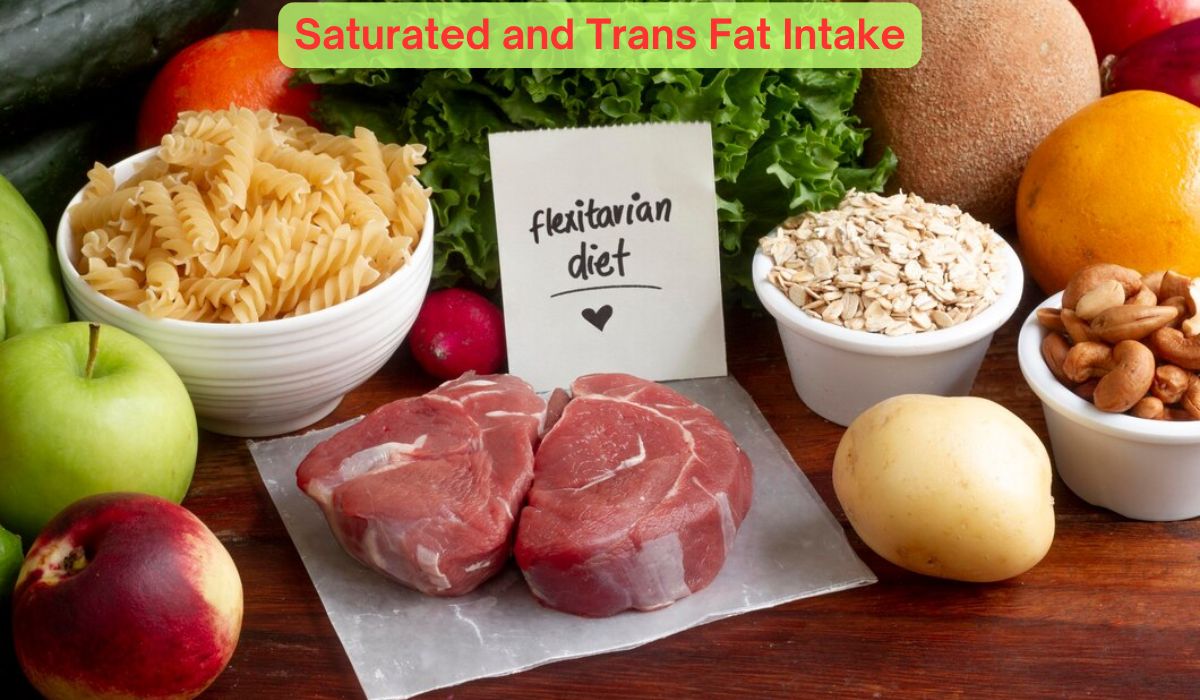Saturated and Trans Fat Intake: How Much is Safe for Healthy Individuals? In today’s health-conscious world, understanding the role of fats in our diet is crucial. While fats are essential for energy, nutrient absorption, and overall health, not all fats are equal. Saturated and trans fats, in particular, have been linked to various health risks, including heart disease and high cholesterol. But how much of these fats is safe for healthy individuals? This article dives into the science-backed guidelines, health impacts, and practical tips for managing saturated and trans fat intake.
Understanding Saturated and Trans Fats
1. Saturated Fats:
- What Are They? Saturated fats are typically solid at room temperature and are found in animal products like meat, butter, cheese, and full-fat dairy, as well as some plant-based oils like coconut oil and palm oil.
- Health Impact: While saturated fats are necessary in small amounts, excessive intake can raise LDL (bad) cholesterol levels, increasing the risk of heart disease and stroke.
2. Trans Fats:
- What Are They? Trans fats are artificially created through hydrogenation, a process that turns liquid oils into solid fats. They are in processed foods like fried foods, baked goods, and margarine.
- Health Impact: Trans fats are even more harmful than saturated fats. They not only raise LDL cholesterol but also lower HDL (good) cholesterol, significantly increasing the risk of heart disease.
Recommended Daily Intake for Healthy Individuals

1. Saturated Fats:
- World Health Organization (WHO) Recommends that saturated fats should make up less than 10% of total daily calorie intake.
- American Heart Association (AHA): Suggests an even lower limit of 5-6% of total daily calories for those at risk of heart disease.
- Example: For a 2,000-calorie diet, this translates to:
- WHO: Less than 22 grams of saturated fat per day.
- AHA: 11-13 grams of saturated fat per day.
2. Trans Fats:
WHO: Recommends that trans fats should make up less than 1% of total daily calorie intake.
- AHA: Advises avoiding trans fats altogether, as there is no safe level of consumption.
Example: For a 2,000-calorie diet, this means:
- WHO: Less than 2 grams of trans fat per day.
- AHA: Ideally, 0 grams of trans fat per day.
Health Risks of Excessive Saturated and Trans Fats:
- Heart Disease: Both fats contribute to plaque buildup in arteries, leading to heart disease and stroke.
- High Cholesterol: Saturated and trans fats raise LDL cholesterol levels, while trans fats also lower HDL cholesterol.
- Obesity: High-fat diets, especially those rich in unhealthy fats, can lead to weight gain and obesity (Overweight)
- Type 2 Diabetes: Excessive fat intake is linked to insulin resistance and an increased risk of diabetes.
Practical Tips for Managing Fat Intake
1. Choose Healthy Fats
- Replace saturated and trans fats with healthier unsaturated fats found in:
- Oils: Olive oil, avocado oil, and canola oil.
- Nuts and Seeds: Almonds, walnuts, chia seeds, and flaxseeds.
- Fish: Salmon, mackerel, and sardines (rich in omega-3 fatty acids).
2. Read Food Labels
- Check nutrition labels for saturated and trans fat content.
- Avoid products with “partially hydrogenated oils,” as these contain trans fats.
3. Limit Processed and Fried Foods
- Reduce consumption of fast food, packaged snacks, and baked goods, which are often high in unhealthy fats.
4. Opt for Lean Proteins
- Choose lean cuts of meat, skinless poultry, and plant-based proteins like beans and lentils.
5. Cook at Home
- Prepare meals at home using healthy cooking methods like grilling, steaming, or baking instead of frying.
The Role of a Balanced Diet;
While managing saturated and trans fat intake is important, it’s equally crucial to focus on overall dietary balance. A healthy diet should include:
- Fruits and Vegetables: Rich in vitamins, minerals, and fiber.
- Whole Grains: Provide sustained energy and essential nutrients.
- Lean Proteins: Support muscle health and repair.
- Healthy Fats: Promote heart health and overall well-being.
Sources of Saturated and Trans Fats:
Understanding where saturated and trans fats come from is essential for making informed dietary choices. Below is a detailed breakdown of the primary sources of these fats:
Sources of Saturated Fats:
Saturated fats are naturally occurring and are primarily found in animal-based products and some plant-based oils. Here are the main sources:
1. Animal-Based Products
- Meat: Fatty cuts of beef, pork, and lamb.
- Poultry: Chicken skin and dark meat.
- Dairy Products: Whole milk, butter, cheese, cream, and ice cream.
- Processed Meats: Sausages, bacon, and hot dogs.
2. Plant-Based Oils
- Tropical Oils: Coconut oil and palm oil.
- Baked Goods: Many commercially baked products use these oils.
3. Snack Foods
- Chips and Crackers: Often made with saturated fat-rich oils.
- Chocolate: Especially milk chocolate and white chocolate.
Sources of Trans Fats
Trans fats are primarily artificial and created through an industrial process called hydrogenation, which turns liquid oils into solid fats. However, small amounts of natural trans fats can also be found in some animal products.
1. Processed and Packaged Foods
- Fried Foods: French fries, doughnuts, and fried chicken.
- Baked Goods: Cookies, cakes, pastries, and pies.
- Margarine and Shortening: Often used in baking and cooking.
- Snack Foods: Microwave popcorn, crackers, and chips.
2. Fast Food

- Many fast-food items are cooked in partially hydrogenated oils, which are high in trans fats.
3. Natural Sources (in Small Amounts)
- Dairy Products: Milk, cheese, and butter contain small amounts of natural trans fats.
- Meat: Beef, lamb, and goat meat also have trace amounts.
How to Identify Saturated and Trans-Fats in Foods
- Read Nutrition Labels: Look for terms like “saturated fat” and “trans fat” under the fat content section.
- Check Ingredients: Avoid products with “partially hydrogenated oils,” as these are a major source of trans fats.
- Be Mindful of Processed Foods: Many processed and packaged foods contain hidden saturated and trans fats.
Healthier Alternatives:
To reduce your intake of saturated and trans fats, consider these healthier options:
- Replace Saturated Fats: Use unsaturated fats like olive oil, avocado oil, or canola oil.
- Avoid Trans Fats: Choose products labeled “trans fat-free” or “0 grams trans fat.”
- Cook at Home: Prepare meals using fresh ingredients to control the types of fats used.
By understanding the sources of saturated and trans fats, you can make better dietary choices and reduce your risk of heart disease, high cholesterol, and other health issues. Always aim for a balanced diet rich in healthy fats, lean proteins, and whole foods!
You May Also Read:
Conclusion:
For healthy individuals, limiting saturated fats to less than 10% of daily calories and avoiding trans fats as much as possible is key to maintaining optimal health. By making informed food choices, reading labels, and prioritizing healthier fats, you can reduce your risk of heart disease, high cholesterol, and other health issues. Remember, moderation and balance are the cornerstones of a healthy diet. Start today by taking small steps to reduce your intake of saturated and trans fats—your heart will thank you!
This article provides a comprehensive overview of the topic, combining scientific guidelines with practical advice to help readers make informed decisions about their fat intake. It’s designed to be engaging, educational, and actionable for a wide audience.





